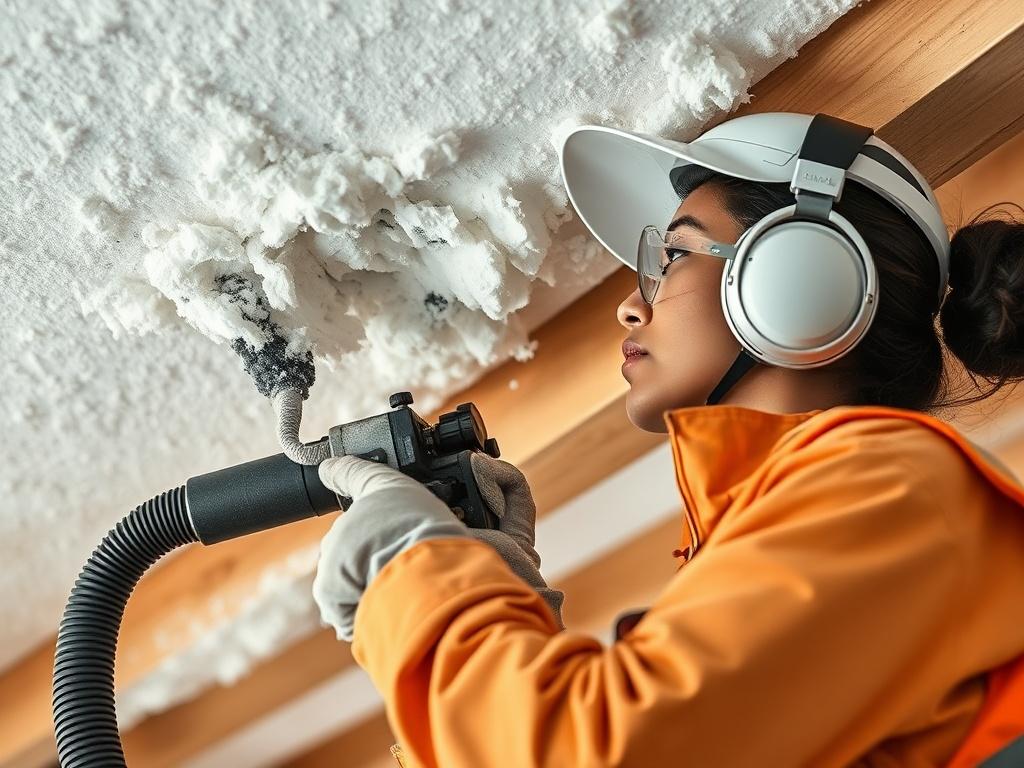Spray foam insulation may seem like an efficient solution, but it can lead to significant issues for homeowners. Common reasons for removal include mortgage refusals, as lenders often deny financing on properties with spray foam. Surveyors may highlight it as a risk, potentially blocking property sales and leading to down-valuations. Additionally, trapped moisture can accelerate timber rot, and improper installation can cause further complications. DIY removal is not advisable due to the risks of incomplete removal, timber damage, and health hazards. Understanding your spray foam type is crucial for planning a professional removal and ensuring compliance with lender requirements.
Common Reasons for Spray Foam Removal
Lenders often refuse mortgages or equity release on homes with spray foam, especially in the roof. Even after removal, they may require a formal inspection and documentation before approving finance.
When a property survey is conducted, spray foam is frequently noted as a risk. It can obscure the condition of roof timbers, preventing a full assessment and causing down-valuations or full refusals.
Buyers are wary. Even when willing to proceed, their lender usually won’t. Many UK homeowners are losing sales entirely due to spray foam insulation being present.
Spray foam can trap moisture against timbers, accelerating rot. Some homeowners only discover the damage after removal — which is why safe removal and post-inspection are critical.
Unfortunately, not all spray foam is installed correctly. Over-spraying, poor ventilation planning, or use in unsuitable spaces can all lead to complications.
In almost all cases, no.
Spray foam removal is highly specialised. DIY attempts or hiring non-specialist tradespeople (like general roofers or builders) often result in:
Mortgage lenders and surveyors require proof of complete, professional removal — with proper reporting and photographs. DIY jobs typically won’t meet these standards.
Understanding your insulation type is key to removal planning.
